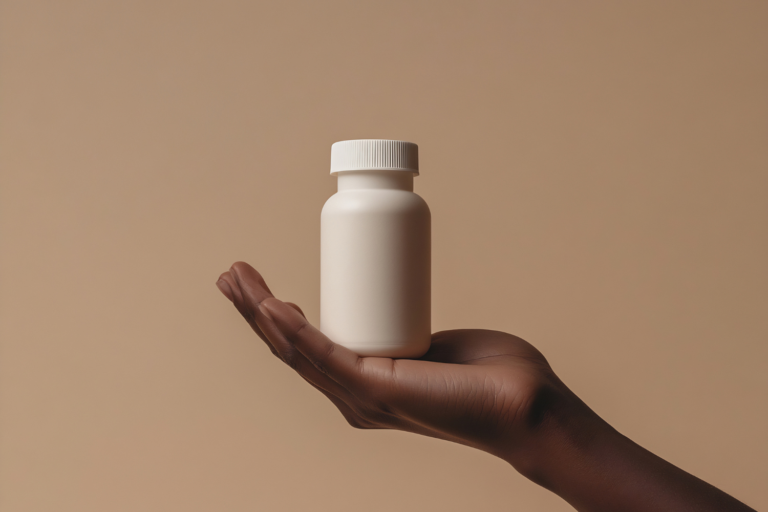Your supplement formula is dialed in. Now you’re staring at stick pack quotes that range from $0.08 to $0.45 per unit—with no explanation for the 5X spread. Contract manufacturers throw around terms like “form-fill-seal,” minimum runs of 500,000 units, and lead times that somehow stretch from 8 to 20 weeks. This guide cuts through the machinery specs and MOQ negotiations to show you exactly what drives stick pack costs, which equipment limitations will constrain your formula, and why that suspiciously cheap quote might torpedo your launch.

- Our Mission
When your first production run ships, you'll know exactly why you chose that manufacturer. No second-guessing the facility audit. No wondering if you overpaid by 40%. Just operational certainty built on forensic vendor vetting and real benchmarks.
Stick pack minimums aren't 500,000 because manufacturers hate you. They're protecting $400K machinery setups. We decode the actual economics behind MOQs, lead times, and pricing tiers—turning vendor gibberish into executable decisions.
Stop being the founder who learns supplement manufacturing through $50,000 mistakes. Our frameworks, calculators, and vetted vendor network put you in control—whether you're formulating your first SKU or scaling to eight-figure runs.
- Stick Pack Manufacturing Intelligence
What You Actually Need to Know
Equipment Reality Check
Stick pack lines cost $400K-$2M depending on speed and features. Most CMs run Italian IMA or Japanese Sanko machines at 60-120 sachets per minute. Understanding actual equipment capabilities—not sales brochures—determines whether your formula is even feasible. Water activity above 0.65? Your powder will brick in the hopper. Particle size over 60 mesh? Expect bridging issues. We translate machinery constraints into formula requirements before you waste months on impossible specs.
Vendor Capability Mapping
Finding a stick pack manufacturer isn't hard. Finding one that can handle your specific powder flowability, achieve your target fill weight accuracy (±3% is standard, ±1% costs triple), and meet your heavy metals testing requirements? That's different. We've mapped 47 stick pack facilities by actual capabilities: who can run 4-gram protein sachets, who handles probiotics without killing them, who can achieve pharmaceutical-grade moisture barriers. Skip the 20-vendor RFQ nightmare.
Cost Structure Decoded
That $0.12 per stick quote hides seven cost drivers: film type (paper/foil/poly), minimum runs (expect 250K-500K), changeover fees ($2K-$8K per SKU), stability testing requirements, serialization capabilities, and freight terms. Understanding which levers actually move pricing—and which are locked by equipment—transforms you from a price-taker to an informed negotiator. One client reduced costs 31% just by adjusting sachet dimensions to standard film widths.
The Stick Pack Production Process
Formula Feasibility Assessment
Before any manufacturer quotes your stick pack project, they’re calculating whether your formula will even run on their equipment. Powder flowability, moisture content, and particle size determine everything. Too fine? Your ashwagandha clogs the auger. Too coarse? Uneven fills destroy your margins. We audit your formula against 12 critical parameters that predict manufacturing success—before you waste three months chasing impossible quotes.
Equipment & Capability Matching
Not all stick pack lines are equal. A Marchesini FB-70 handles different materials than an IMA C21. Understanding which contract manufacturers run what equipment—and their actual throughput, changeover times, and quality control capabilities—cuts your vendor list from 50 confused options to 5 real candidates. We’ve mapped equipment specs, minimum runs, and lead times across 47 facilities that actually do stick packs at scale.
Quote Analysis & Red Flag Detection
Stick pack quotes hide landmines. That suspiciously low $0.08 per unit? Check if it includes stability testing ($15K), artwork setup ($3K), or the film cylinder fees ($8K per SKU). We’ve documented 23 common pricing tricks that turn “competitive” quotes into budget disasters. Our comparison framework exposes true all-in costs, quality commitments, and which manufacturers actually deliver when your Amazon listing goes viral.
Production Planning & Scale-Up
Your first stick pack run sets the trajectory for everything: retail price, reorder timing, inventory carrying costs. Getting the pilot batch right means understanding fill weight tolerances (±3% can kill your margins), batch documentation requirements for Amazon compliance, and how minimum order quantities drop from 500K to 100K units once you’ve proven consistent reorders. We map the path from pilot to full production.

